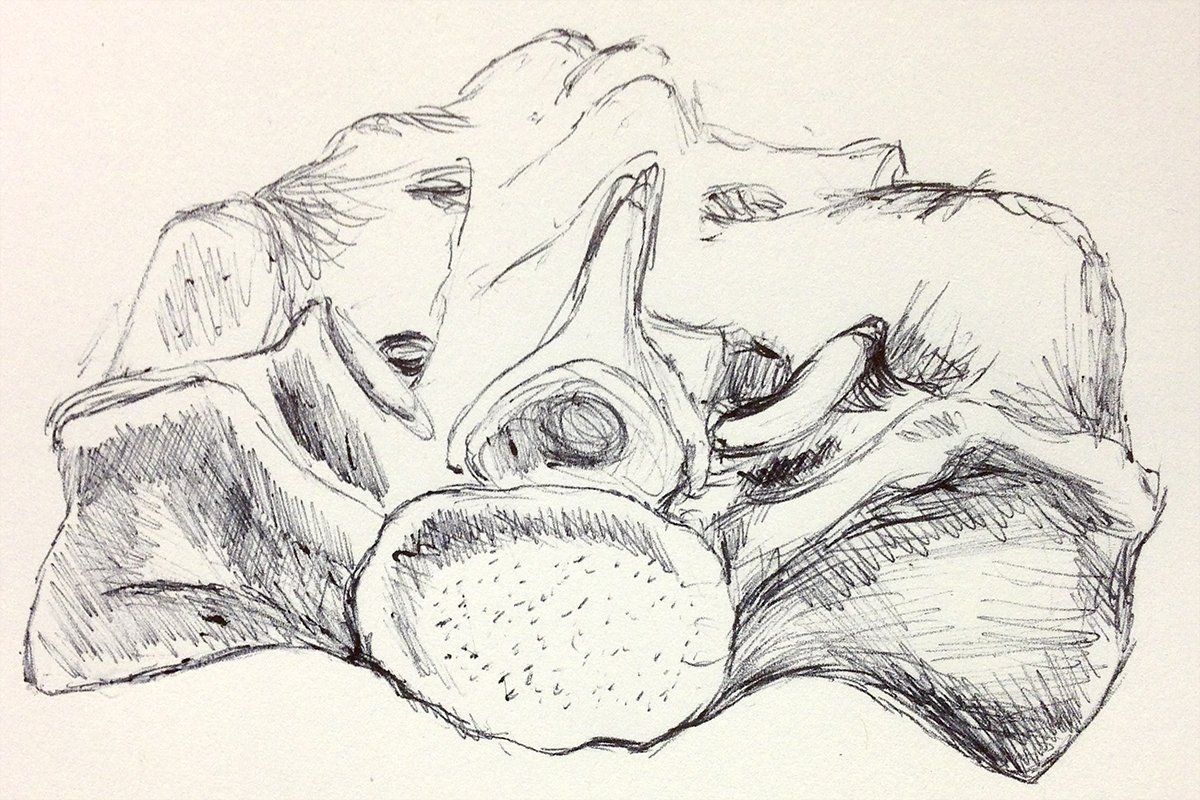8. Fusion of Horizons

In this post I discuss Hans-Georg Gadamer’s famous metaphor “fusion of horizons” - the Horizontverschmelzung - which describes the conditions in which individuals come to share understanding of phenomena.
Previously I introduced the concept of intersubjectivity as a means of accounting for the shared sense-making that occurs when different individuals inhabit the same meaning-making plane. Here I discuss the metaphor Gadamer introduced in his classic text on hermeneutics, Truth and Method.
Gadamer’s use of the metaphor was originally intended to shed light on the unwitting process whereby people achieve an understanding of a text or an artwork. The idea is that each reader or viewer has their own situatedness, which can be represented by the notion of their field of vision – or their horizon. As they read or view the text or artwork, their horizon merges with other possible horizons representing the situatedness of the original author or creator; as well as with the horizons representing other historical interpretations of the text or artwork.
There is a mixing, a melding, a fusion of these different horizons, meaning that it is never possible to say that one individual can encounter a work of art or a book in a purely critical and objective way. There is always a context – a rich, multi-layered, multi-perspectival background – that foregrounds the sense-making of the reader or viewer as they encounter the text or artwork.
The metaphor of the melding of fields of vision is not only helpful for describing how people make sense of art; it is also a helpful model that describes all human sense-making and meaning-finding. What it is not is a method for understanding other people’s points of view; instead it is a claim that all of our sense-making and meaning-finding is context-rich, partial, and defined by our own cultural and historical situatedness.
The Swedish philosopher, Fredrick Svenaeus, imported the metaphor of the fusion of horizons into the context of medicine, in his book, The Hermeneutics of Medicine and the Phenomenology of Health. He described the mutual sense-making of the clinician and the patient as a hermeneutic process in which the world of the patient and the world of the doctor merge during a consultation. It is almost a quaint notion in today’s world of big-data medicine delivered via algorithm and guideline; a distinctly human activity.
Here, author Austin Lam (2018) reflects on Svenaeus’ patient-centred interpretation of clinical hermeneutics in practice. It’s a really interesting read.
In my next post...
In future posts, I am going to revisit the idea that medicine is a practice that has sense-making at its heart. This will lead to further consideration of the human dimensions of medicine, and a debate about what is meant by “patient-centred”.
Engaging with these questions will contribute to a new ontology of clinical practice and – I hope – explanatory models and language that helps practitioners to communicate better with patients, regulators and academic collaborators.
You might also like...




